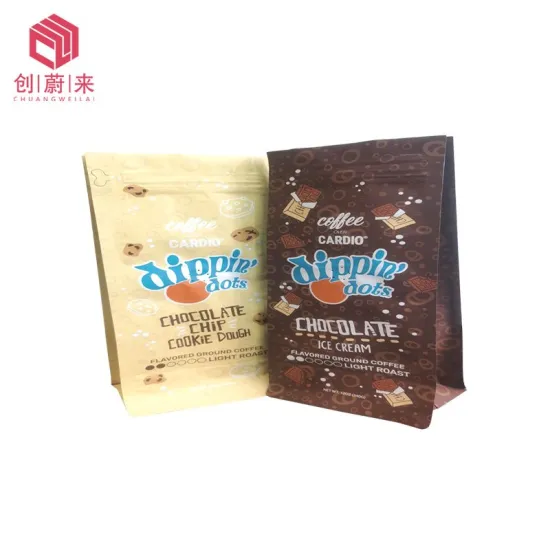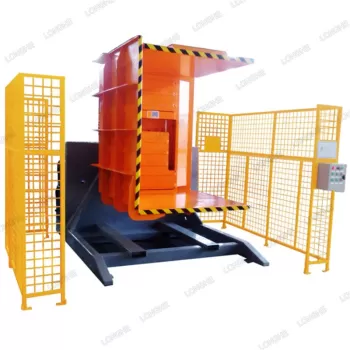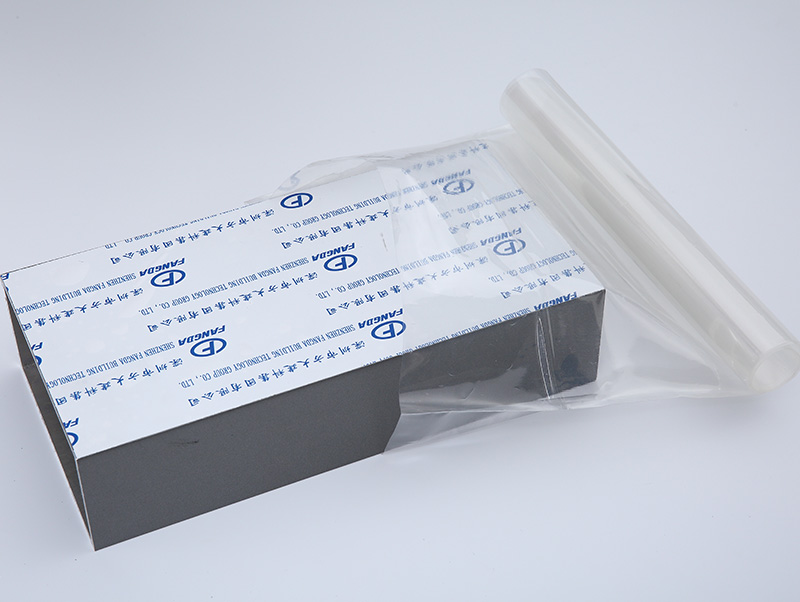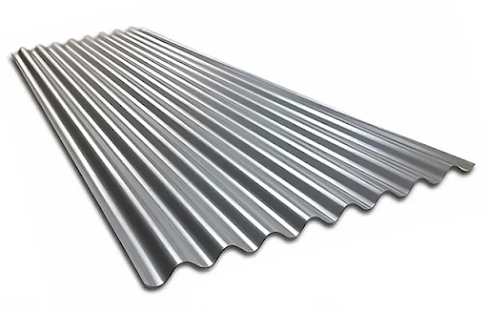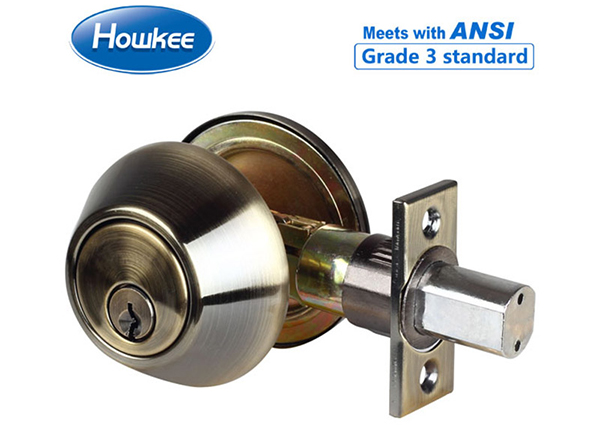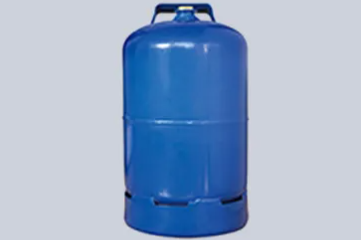Musical fountains, also known as dancing fountains, are a type of water feature that combine water, music, and lighting to create a visually captivating and synchronized performance. These fountains are a popular attraction in parks, public spaces, and entertainment venues. The magic of musical fountains lies in their ability to choreograph water movements, lighting effects, and music into a harmonious and mesmerizing display. Here's how musical fountains work:
1. Water Jets and Nozzles: Musical fountains consist of a series of water jets and nozzles that are strategically positioned in a water pool or basin. These water jets are responsible for creating the choreographed water movements and patterns. The jets can vary in height, angle, and intensity, allowing for a wide range of visual effects.
2. Pumping System: A powerful pumping system is at the heart of a musical fountain. The pumps draw water from the pool and propel it through the nozzles at high pressure, causing the water to shoot into the air in various patterns and heights. The pumps are controlled electronically to regulate the flow of water and create the desired water patterns.
3. Control System: The control system is the brain of the musical fountain. It is a sophisticated computerized system that coordinates the movements of the water jets, lighting effects, and music. The control system precisely times and synchronizes each element to create the visual spectacle and align it with the accompanying music.
4. Lighting Effects: In addition to the water movements, musical fountains incorporate lighting effects to enhance the visual appeal. Underwater lights illuminate the water streams, and colored lights are often used to add vibrancy and beauty to the display. The lights can change colors, intensity, and patterns, all of which are synchronized with the water movements and music.
5. Music: Music is an integral part of the custom musical fountain experience. The control system is programmed to synchronize the water movements and lighting effects with the rhythm, tempo, and melody of the music being played. The selection of music can vary from classical pieces to contemporary songs, depending on the theme and setting of the fountain.
6. Choreography and Programming: Creating a captivating musical fountain display requires careful choreography and programming. Fountain designers and programmers use specialized software to program the control system with precise timings for each water movement, lighting change, and musical cue. The choreography is carefully planned to evoke emotions and create an immersive experience for the audience.
7. Safety Measures: Safety is paramount in the operation of musical fountains, especially when they are in public spaces. The fountains are designed with safety features, such as water level sensors, to prevent water depletion, and wind sensors to detect adverse weather conditions that may affect the fountain's performance.
In conclusion, musical fountains work by combining water jets, lighting effects, and music in a harmonized and synchronized performance. A powerful pumping system propels water through nozzles to create intricate water patterns, while a sophisticated control system orchestrates the entire show. Lighting effects enhance the visual appeal, and music adds emotion and rhythm to the fountain's choreography. The result is a captivating and immersive experience that delights and entertains audiences of all ages.

